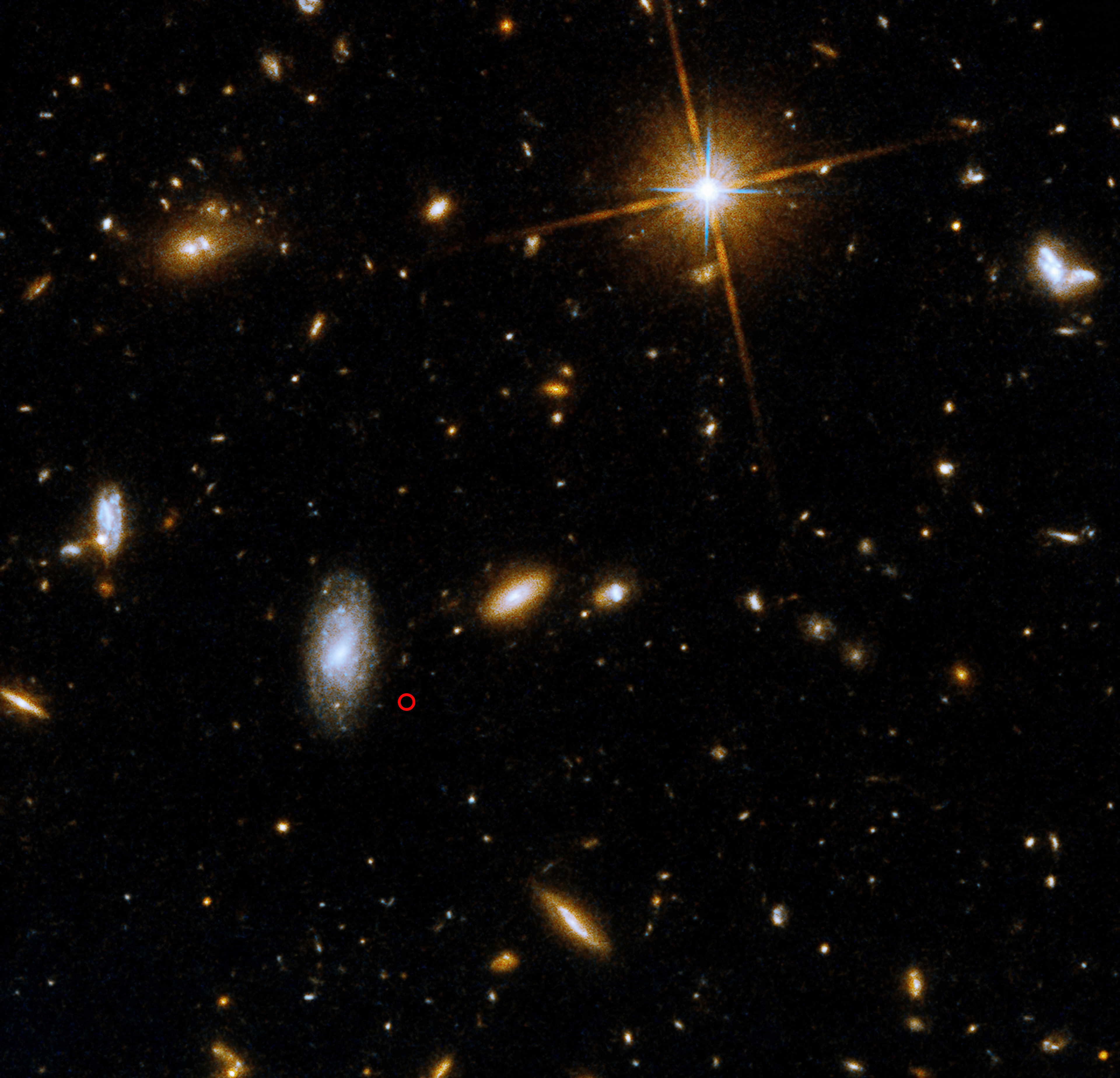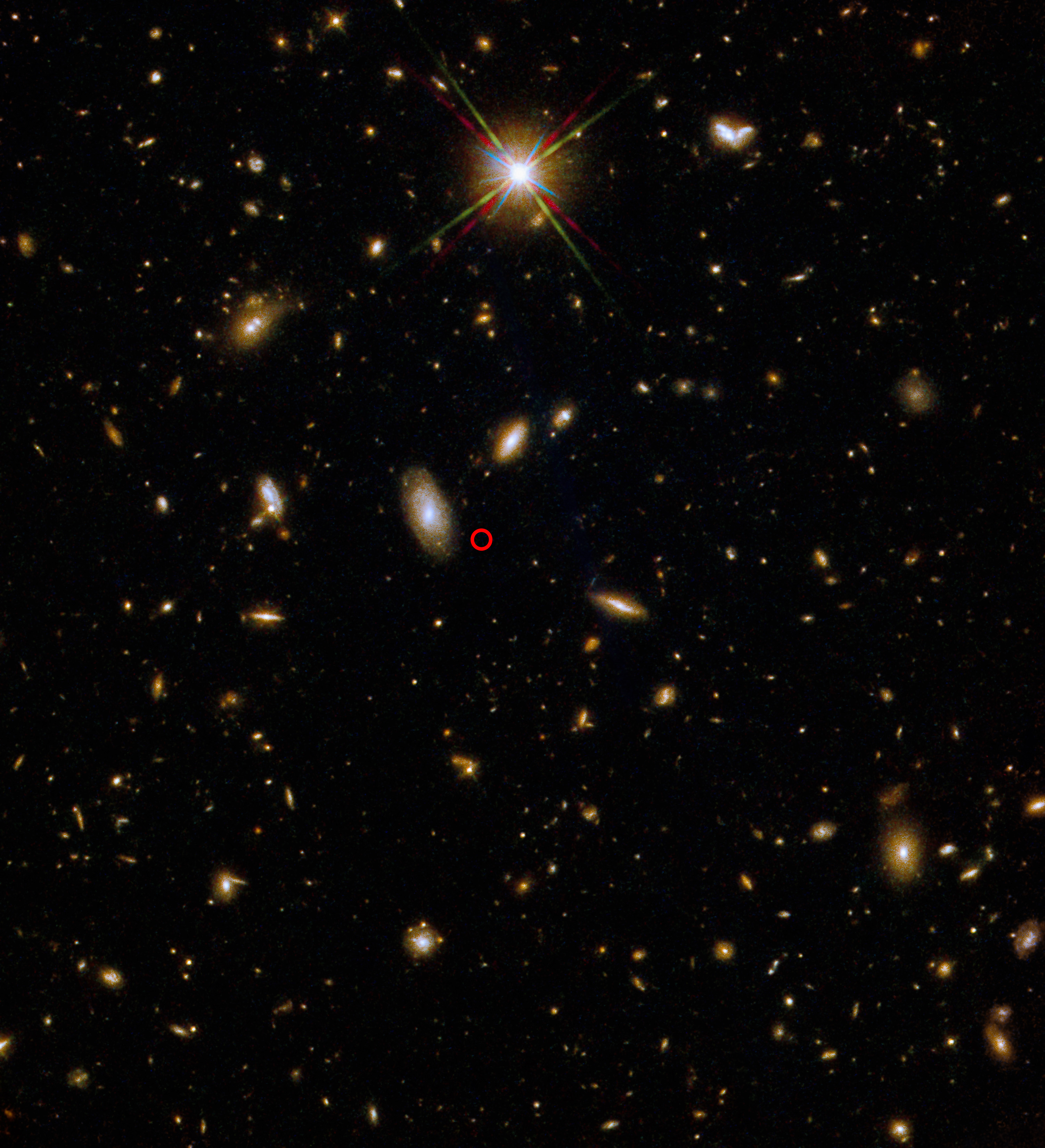NASA’s Fermi, Swift Capture Revolutionary Gamma-Ray Burst
For the last few decades, astronomers have generally divided GRBs into two categories. Long bursts emit gamma rays for two seconds or more and originate from the formation of dense objects like black holes in the centers of massive collapsing stars. Short bursts emit gamma rays for less than two seconds and are caused by mergers of dense objects like neutron stars. Scientists sometimes observe short bursts with a following flare of visible and infrared light called a kilonova.
Fermi and Swift detected GRB 211211A simultaneously. Swift was rapidly identified its location in the constellation Boötes, enabling other facilities to quickly respond with follow-up observations. The combined data show not only a burst lasting 50 seconds but also a kilonova – the first time both phenomena have been documented in the same event. The data have also provided the earliest look yet at the first stages of a kilonova.
Many research groups have delved into the observations collected by Swift, Fermi, the Hubble Space Telescope, and others. Some have suggested the burst’s oddities could be explained by the merger of a neutron star with another massive object, like a black hole.
The light following the burst, called the afterglow emission, also exhibited unusual features. Fermi detected high-energy gamma rays starting 1.5 hours post-burst and lasting more than 2 hours. These gamma rays reached energies of up to 1 billion electron volts. (Visible light’s energy measures between about 2 and 3 electron volts, for comparison.)



For More Information
Credits
Jeanette Kazmierczak (University of Maryland College Park): Lead Science Writer
Aurore Simonnet (Sonoma State University): Artist
Scott Wiessinger (KBR Wyle Services, LLC): Animator
Francis Reddy (University of Maryland College Park): Science Writer
Aaron E. Lepsch (ADNET Systems, Inc.): Technical Support
NASA's Goddard Space Flight Center. However, individual items should be credited as indicated above.
A kilonova following a long-duration gamma-ray burst at 350 Mpc
A nearby long gamma-ray burst from a merger of compact objects
Gigaelectronvolt emission from a compact binary merger
The case for a minute-long merger-driven gamma-ray burst from fast-cooling synchrotron emission
Short URL to share this page:
https://svs.gsfc.nasa.gov/14255
Missions:
Fermi Gamma-ray Space Telescope
Hubble
Swift
Keywords:
SVS >> Gamma Ray Burst
SVS >> Hubble Space Telescope
SVS >> Astrophysics
SVS >> Universe
SVS >> Neutron
SVS >> Swift
SVS >> Fermi
NASA Science >> Universe











